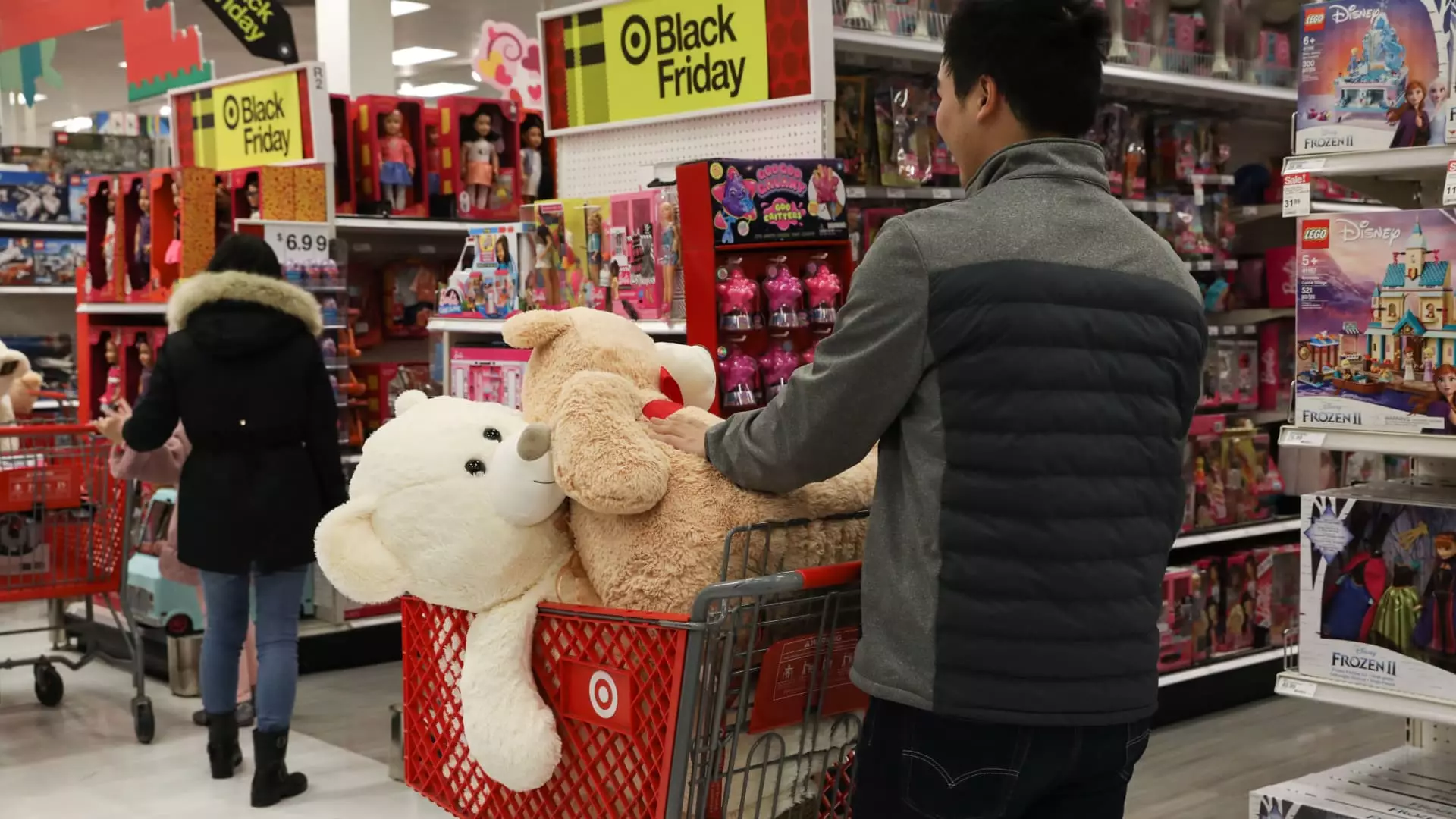The landscape of toy pricing in America stands on the brink of a significant upheaval, catalyzed by recent trade decisions emanating from the White House. President Trump’s newly imposed tariffs, which include a staggering 46% on toys from Vietnam and a mind-boggling 54% on goods from China, could devastate the current pricing structure of toys, forcing families to dig deeper into their pockets for what should be simple sources of joy. These changes arrive at a time when many Americans already grapple with economic stressors, making them feel like yet another blow that targets the most vulnerable among us, namely children and their parents.
The Historical Context of Toy Manufacturing
For decades, American toy manufacturers have relied heavily on China as their manufacturing powerhouse, tapping into a robust supply chain that allowed for the mass production of everything from action figures to board games. This relationship was not purely transactional but deeply intertwined with the imaginative fabric of American childhood. As manufacturers began diversifying to countries like Vietnam, the intent was to safeguard against potential geopolitical fallout. However, Trump’s recent tariffs complicate this landscape, leading to drastic price increments that threaten both the toy industry and consumer wallets.
The irony is palpable; toys, which signify joy and imagination, are now becoming symbols of economic distress. Families who could once enjoy casual visits to stores in search of the latest toys may find themselves confronting stark price tags that reflect government policy rather than the market’s natural ebb and flow.
The Immediate Fallout: A Shrinking Play Budget
Experts within the industry are sounding the alarm. According to Greg Ahearn, President of The Toy Association, the repercussions of these tariffs could reverberate beyond the boardroom and into the shopping cart of the average family. The alarming projection indicates that prices could see increases of anywhere between 35% to 50%. This stark reality will undoubtedly weigh heavily on American households, potentially leading to the need for painful budget adjustments—especially in lower-income demographics where disposable income is already scant.
The ramifications extend beyond mere price increases; they raise the specter of a generation of children missing out on the experiences and joys of play. How ironic is it that toys, which are intended to foster creativity and learning, could become luxuries rather than staples of childhood?
Retail Giants on the Defensive
The toy industry giants like Hasbro and Mattel find themselves navigating treacherous waters. Their stock prices have crumpled in the wake of trending tariffs, reflecting investor anxieties about how corporations will absorb these costs. Many analysts forecast guidance cuts, projecting a chilling effect on profits that can trickle down to the consumer in the form of reduced choices or, worse, diminished quality of products.
The expected response from these companies—renegotiating contracts or devising innovative packaging solutions—might mitigate some losses but will not eliminate the onus for consumer pricing. The notion that corporate strategies can outmaneuver broad national issues feels increasingly disingenuous when families are confronted with exorbitant price hikes for necessary paid childhood items.
Consumer Impact: Families Struggling to Cope
The final irony lies in the socio-economic ramifications of these decisions. Families who can least afford spikes in toy prices find themselves at the greatest disadvantage, raising the stakes of who enjoys the pleasures of childhood and who gets left behind. The reality is unmistakable: the children of affluent families may still get their cherished toys, while those from lower-income backgrounds may be forced to forgo basic childhood experiences due to budgetary strains.
Ahearn pointedly underscores that the most significant hit will land on those who are already in a precarious financial situation. For them, playtime could quickly morph into a stark reminder of their standing in the economic hierarchy, thus confronting children not just with harsher realities but also potentially stunting their emotional development.
The evolving toy industry landscape painted by Trump’s tariffs is not just a business issue; it is a cultural concern that defines childhood experiences in America. The impending price hikes are set to infringe on the simple right of little ones to play and dream. As consumers brace themselves for these challenges, one cannot help but question the broader implications of such policies on family happiness and childhood innocence. The battle over trade policies has inadvertently transformed playful experiences into economic struggles, leaving American families at a crossroads they never signed up for.

